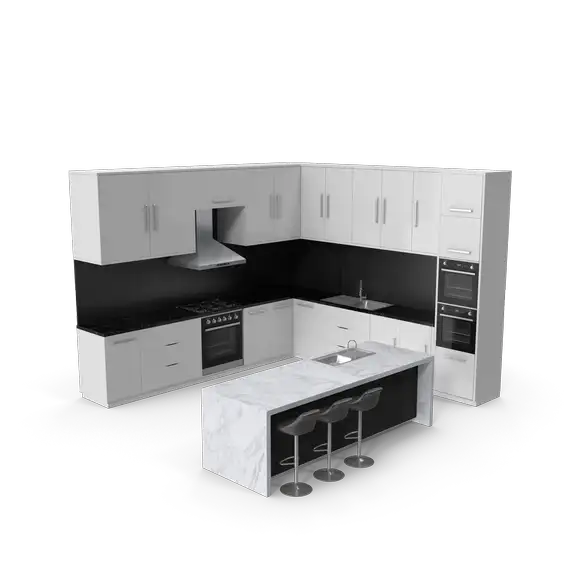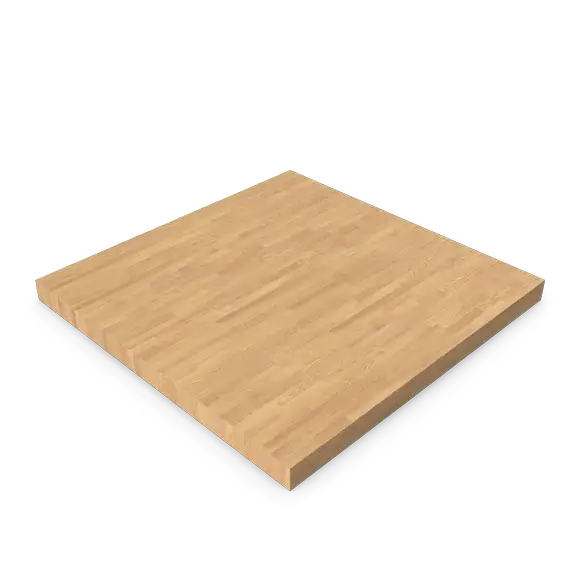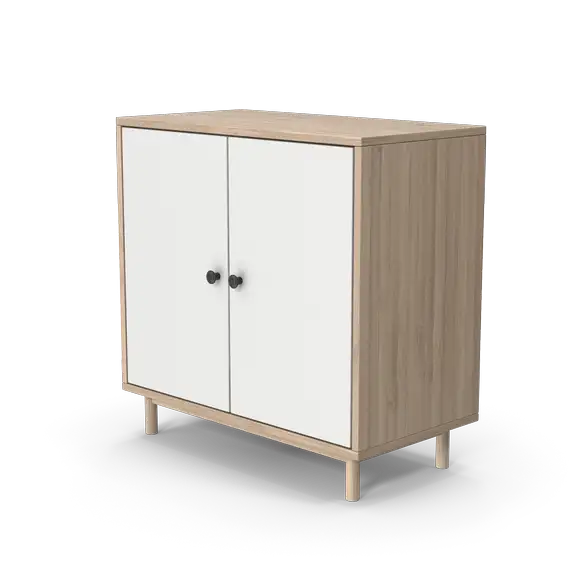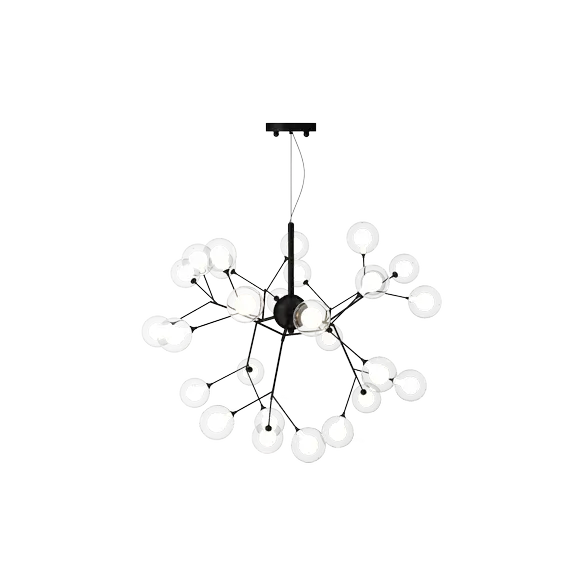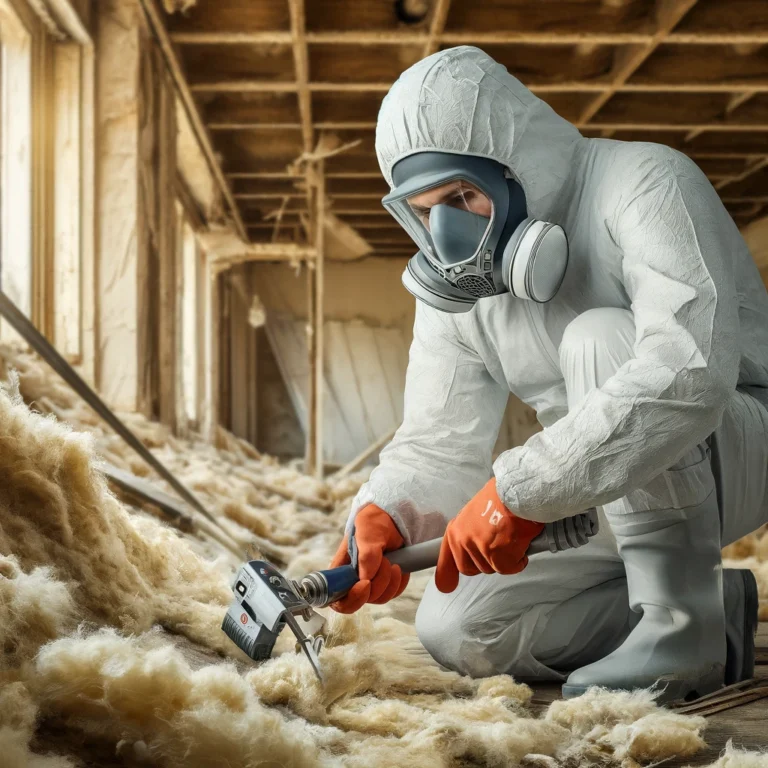What are Anchor Bolts?
Anchor bolts are fasteners used to secure structural elements to concrete or masonry structures. These bolts play a crucial role in ensuring the stability and integrity of buildings by anchoring components such as columns, beams, and plates to concrete foundations or walls. Anchor bolts are essential in areas prone to seismic activity, where additional reinforcement is necessary to withstand dynamic forces.
Types of Anchor Bolts
Cast-in-Place Anchor Bolts: These bolts are set in place when the concrete is poured. They are fixed and provide a strong, permanent connection.
Post-Installed Anchor Bolts: These bolts are installed into hardened concrete or masonry using various methods, such as drilling and grouting. They can be further classified into:
- Mechanical Expansion Anchors: Use a mechanical device that expands within the hole to create a secure connection.
- Chemical Anchors: Use adhesives or epoxy to bond the bolt to the concrete or masonry.
- Undercut Anchors: Create a mechanical interlock by undercutting the concrete at the base of the drilled hole.
Uses of Anchor Bolts
Securing Sill Plates: Anchor bolts are commonly used to attach sill plates to concrete foundations, providing a stable base for wooden framing in residential and commercial construction.
Attaching Structural Columns: In steel construction, anchor bolts secure steel columns to concrete foundations, ensuring the stability and alignment of the structure.
Mounting Heavy Equipment: Industrial applications often use anchor bolts to secure heavy machinery and equipment to concrete floors, preventing movement and ensuring operational safety.
Reinforcing Seismic Structures: In earthquake-prone areas, anchor bolts are used to reinforce structures, providing additional stability and resistance to seismic forces.
Benefits of Anchor Bolts
Structural Stability: Anchor bolts provide a secure connection between structural elements and concrete or masonry, ensuring the stability and integrity of the building.
Versatility: Available in various types and sizes, anchor bolts can be used in a wide range of applications, from residential construction to heavy industrial installations.
Load Transfer: Anchor bolts effectively transfer loads from structural elements to the foundation, helping distribute forces and prevent structural failure.
Safety: Properly installed anchor bolts enhance the safety of buildings and equipment, reducing the risk of collapse or movement during dynamic events such as earthquakes.
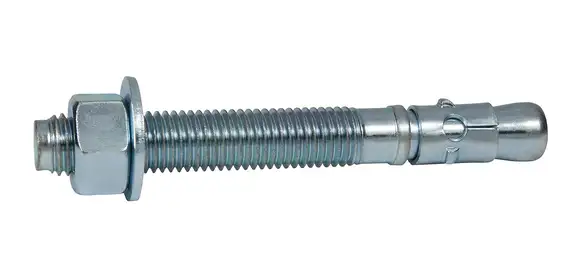
Real-Life Applications
Example Scenario 1: Residential Construction In a residential construction project, anchor bolts are used to attach sill plates to the concrete foundation. This connection provides a stable base for the wooden framing, ensuring the structural integrity of the house. The use of anchor bolts is especially important in areas prone to seismic activity, where additional reinforcement is necessary.
Example Scenario 2: Industrial Equipment Installation During the installation of heavy industrial machinery, anchor bolts are used to secure the equipment to the concrete floor. This prevents the machinery from moving or tipping over during operation, ensuring safety and operational stability.
Table: Comparison of Anchor Bolt Types
| Type | Installation Method | Common Uses | Benefits |
|---|---|---|---|
| Cast-in-Place | Set in place during concrete pour | Structural columns, foundations | Strong, permanent connection |
| Mechanical Expansion | Drilled into hardened concrete | Mounting heavy equipment, retrofit |
| Type | Installation Method | Common Uses | Benefits |
|---|---|---|---|
| Cast-in-Place | Set in place during concrete pour | Structural columns, foundations | Strong, permanent connection |
| Mechanical Expansion | Drilled into hardened concrete | Mounting heavy equipment, retrofit projects | Quick installation, adjustable |
| Chemical | Drilled and bonded with adhesive or epoxy | Securing structural elements, high-load applications | High bond strength, adaptable to various conditions |
| Undercut | Drilled and mechanically locked | Heavy structural components, safety-critical applications | Strong mechanical interlock, reliable in dynamic conditions |
Best Practices for Installing Anchor Bolts
- Correct Placement: Ensure precise placement of anchor bolts according to the structural design. This may involve using templates or jigs to maintain accurate positioning during concrete pouring or drilling.
- Proper Installation Method: Choose the appropriate type of anchor bolt and installation method based on the specific application and load requirements. Follow manufacturer guidelines and industry standards for installation.
- Quality Materials: Use high-quality bolts and bonding materials to ensure long-term performance and durability. Inspect bolts for any signs of damage or defects before installation.
- Regular Inspections: Conduct regular inspections of installed anchor bolts to check for signs of wear, corrosion, or loosening. Maintenance and replacement should be performed as needed to maintain structural integrity.
- Compliance with Codes: Ensure all installations comply with local building codes and regulations, particularly in areas prone to seismic activity where additional reinforcement may be required.
Understanding the different types of anchor bolts and their applications helps builders and engineers select the appropriate fasteners for their projects. Anchor bolts play a crucial role in ensuring the stability and safety of structures and equipment, particularly in dynamic and high-load environments. If you have more specific questions or need additional guidance, feel free to ask!

